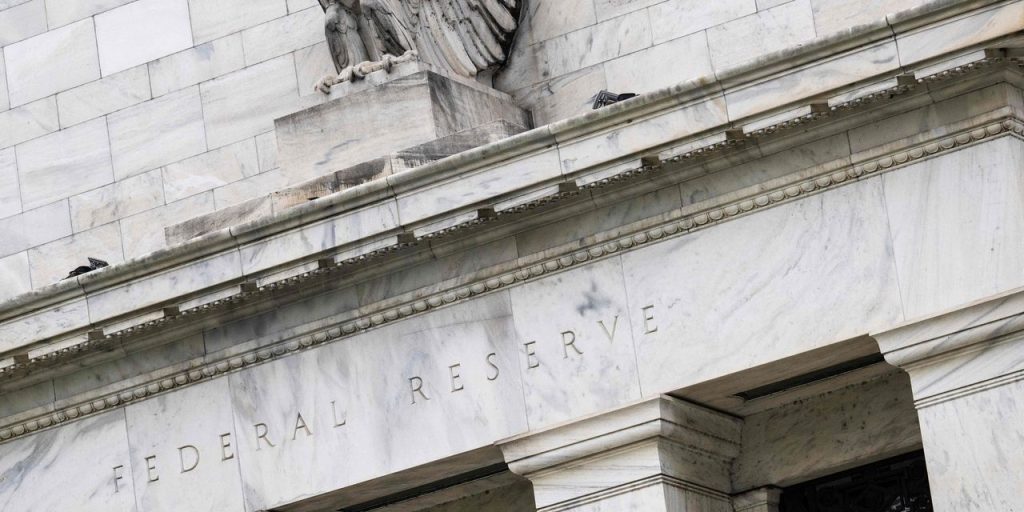The Federal Reserve soon plans to roll out its FedNow offering, a real-time payments service that will provide another option for instant payments in the U.S.
The service, which is scheduled to launch in July, will let money “be transferred from the account of a sender to the account of a receiver in near real-time and at any time, any day of the year,” the Fed says on its website.
See more: Fed says its instant-payments service FedNow will launch in July
While the U.S. already has a real-time payment option that’s run by the Clearing House, a bank-owned association, FedNow will serve as another choice for businesses and consumers.
Bernstein analyst Harshita Rawat recently relayed highlights from her conversation with Peter Tapling, a board advisory member at the U.S. Faster Payments Council, who said that a government-associated option could appeal to smaller banks that may worry about facing disadvantages in the rival system run by the big banks that own the Clearing House.
Other countries are farther along in enabling instant payments, which are appealing to consumers. One positive development ahead of the July FedNow launch is that the Bureau of the Fiscal Service will be live with the service from the very beginning. That will allow consumers to receive Social Security payments and other government disbursements through the service, according to Rawat’s written recap of her chat with Tapling, and they’ll be likely to notice how quickly their money arrives.
FedNow could also help drive growth in account-to-account (A2A) payments in the U.S., a recent report from Fidelity National Information Services Inc.
FIS,
+3.18%
suggested. A2A payments accounted for 9% of e-commerce transaction value in 2022, a measure that could go up to 11% in 2026 as consumer use cases increase.
Still, FedNow isn’t expected to take off overnight. Rawat and Tapling discussed that it could take a decade before 90% or so of U.S. financial institutions are equipped to both send and receive money through the platform.
Though the Fed separately has engaged in discussions about a digital dollar, FedNow is a payment rail that enables the movement of money between accounts. It’s not a central bank digital currency (CBDC), which the Fed describes as “a digital form of central bank money that is widely available to the general public.”
“While Americans have long held money predominantly in digital form — for example in bank accounts, payment apps or through online transactions — a CBDC would differ from existing digital money available to the general public because a CBDC would be a liability of the Federal Reserve, not of a commercial bank,” the Fed says on its website.
Aaron Klein, a senior fellow at the Brookings Institution, highlighted the difference in a recent tweet.
The Fed posted its own thread of tweets Friday clarifying the essence of FedNow, which has been the subject of discussion recently by politicians, including Robert F. Kennedy Jr., who have said that FedNow is a CBDC.
The Fed “has made no decision on issuing a central bank digital currency (CBDC) & would not do so without clear support from Congress and executive branch, ideally in the form of a specific authorizing law,” the central bank continued in a tweet. “A CBDC would not replace cash or other payment options.”
Read the full article here



